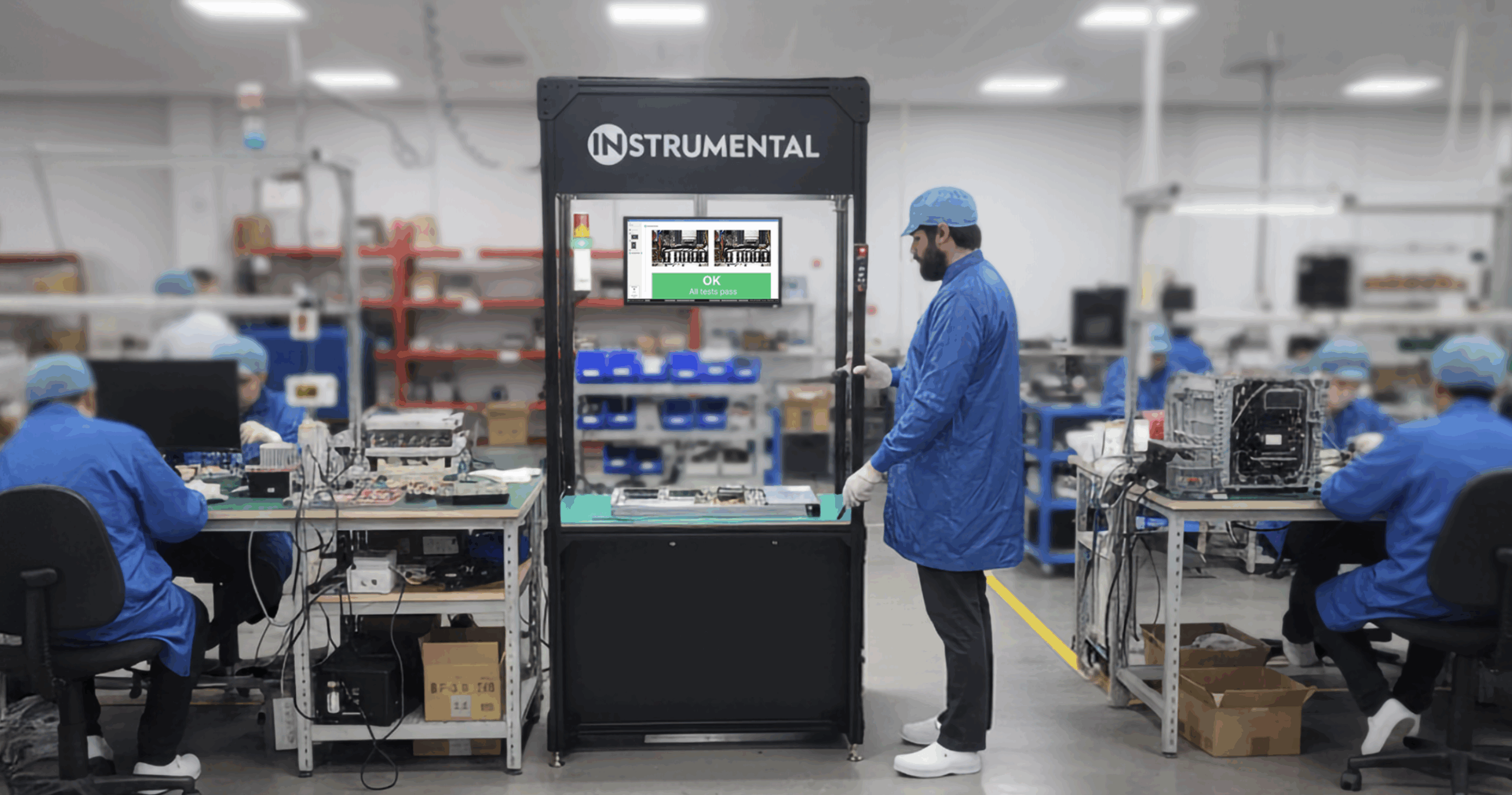Mechanical Computer-Aided Design (MCAD) programs, or CAD software, are critical for any company designing and building physical products today. The most widely used programs for high-volume consumer products are SolidWorks, Siemens NX, PTC Creo. Several others like Catia and Autodesk Inventor have a solid if more niche user base. With the latest versions of these software packages costing up to $20,000 per license plus thousands more in ongoing maintenance fees per year, it can be a big investment to choose the right system for your team. We’ve outlined a few things your team should consider to ensure you choose the best CAD software for your next program.
Parametric vs Direct Modeling
Parametric design is the principle that every feature in a model can be created based on a set of dimensions and constraints to determine the size, shape, and location of that feature. These elements build on top of one another to create a historical model tree that reflects exactly how the model was built.
By making conscious premeditated choices of what to place earlier in the model tree you have an easy pathway to instantly change the model by adjusting a few dimensions. SolidWorks and Creo are two popular parametric CAD tools but they do have direct modeling modules.
It takes time to learn how to use all the tools of systems and how to set up models to take advantage of parametric design constraints. If you are thrown into an existing project, it can be difficult to understand the design intent of a model tree you didn’t create. Also, updates to a historical feature can break constraints of features further down the model tree forcing you to spend time figuring out what broke and how to fix it.
When working with less experienced designers, easy parameter fixes may be overlooked and the model tree may grow larger and more complicated. This can slow down the design process by increasing file sizes and rebuild times while making it hard to understand the original design intent.
Direct modeling on the other hand relies on the existing geometry at the time of adding a new feature but carries no history. If you start with a part that has a hole and want to move the hole, you can fill it in and make a new one. The previous designer will be none the wiser and won’t know how you made the change. There is no model tree to try and edit, just geometry that you can manipulate.
Imagine a sculptor adding or removing bits of clay to a form. It doesn’t matter what came before, only the resulting shape. Siemens NX is best known for its ability to remove parameters though it can also be used in a parametric manner.
Direct Modeling is often easier to understand and a more intuitive way to work. However, it can be frustrating when managing larger assemblies with interfacing features. Also, when changing one component affects another, it can be time-consuming to find and fix every affected feature.
Agility vs Control
While all CAD packages offer the functionality required to build any part, depending on how your team will be structured, how big a budget you have, and how much IT support you have, you may find certain packages better than others.
If you are hiring people out of a particular company, they may come with certain biases. For instance, it is well known that Apple engineers religiously use NX while engineers at Amazon use Creo. Many engineers are passionate about their favorite programs and want to take the path of least resistance when starting a new job. This means angling and arguing for their favorite program, and it’s unlikely they’ll be eager to change.
If you plan to hire contractors to help throughout the project and anticipate a lot of different people touching the models locally and at partner teams abroad, you may want to consider using a parameter-less design tool like Siemens NX. This way your engineers can quickly model the changes they want to make without having to worry about how the model was made.
Removing all constraints is a powerful and freeing option that NX does very well. This direct modeling approach also is really useful in rapid prototyping where you are looking to get an approximate shape.
If instead, you plan to tightly control the model and hire some experienced senior designers to oversee the project from start to finish, then a parameterized program like SolidWorks or Creo could work better for your team. These programs provide the structure for controlling the design intent even as parameters need to change. If the program is modeled properly in the beginning, a few parameter changes halfway through the program can instantly change the size and shape of the product without significant time spent remodeling internal features that all need to move by 1-2 mm.
Cost vs Features
If you are looking to save some money and are not creating complex assemblies, then tools like SolidWorks or Autodesk Inventor may be more appropriate for your team. These programs offer a more user-friendly interface with clearer descriptions of what each function does. Many universities also teach Solidworks as part of their curriculum. This means new engineers can get up and running faster without having to spend days or weeks on training programs or searching tutorials on the internet. Plus, with the money saved, you might be able to invest in more training or other collaboration tools.
Tools like Creo and NX offer more functionality in terms of complex surfacing and the ability to handle larger assemblies. They also offer more integrations with their packages but at a cost. These extra modules include simulation tools, PLM services, advanced surfacing tools, and more. While the packages may cost more, the ease of rolling all of the tools into one CAD package can be well worth it if you would be buying separate software licenses to run those tools anyway.
Selecting a CAD program
Often, selecting a CAD program will fall to the preference of the person initially in charge of the mechanical design team. Experience with a system, and the ability to quickly hire others who are proficient with a system often trump whether one tool is actually more capable than another. Whatever your program, the three most popular CAD tools will likely be sufficient for any of your needs. Our advice is to lean into cost, functionality, and usability to make your decision.
| SolidWorks | Siemens NX | PTC Creo | |
| Primary Mode | Parametric | Direct | Parametric |
| Cost | $$ | $$$$ | $$$$ |
| User Interface | Easy | Complex | Complex |
| Functionality | Medium | High | High |
Things to remember before you make a change:
- There is never a great time to select a new CAD program as some projects are starting up while others are reaching production. This makes it hard to make a clean break between one tool and another.
- Maintaining support for legacy files becomes a challenge if you no longer support the CAD system the parts were designed in. Also the time it takes to migrate data between systems can take longer than you expect.
- You will likely face a lot of grumbling from the users who will need to recreate some files and learn the new system before they will be as competent in the new ecosystem as they were with the previous tool.
- At the end of the day, it’ll take training and some ramp-up time, but the hurdle of learning a new tool gets smaller with each subsequent program you learn, especially as we see the feature sets of these tools converging to some extent.
Related Topics



